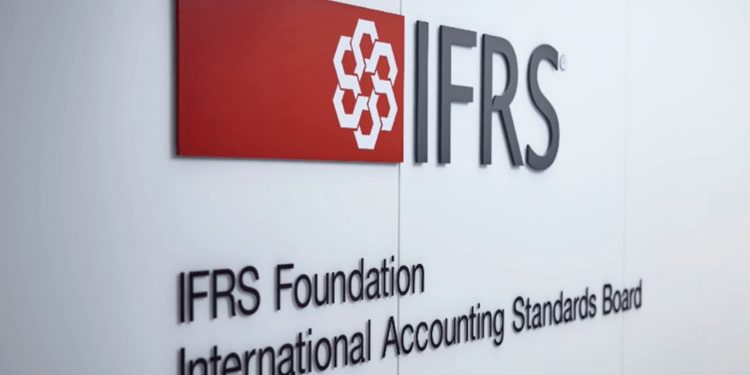Greenhouse Gas Disclosure Interoperability Document
The International Financial Reporting Standards Foundation (IFRS Foundation) and the Global Reporting Initiative (GRI) releases a greenhouse gas disclosure interoperability document aimed at standardizing greenhouse gas information disclosure based on different standards.
Enterprises may follow the GRI 305 standard or the IFRS S2 standard in greenhouse gas disclosure. To strengthen the consistency of Scope 1 2 3 data, IFRS and GRI have adjusted the disclosure standards of the two to reduce the company’s disclosure costs. Companies that make greenhouse gas disclosures under the GRI 305 standard can directly adjust and obtain the information required by the IFRS S2 standard.
Related Post: Comparison Between Global Climate Information Disclosure Standard TCFD and IFRS S2
Relationship between GRI 305 Standard and the IFRS S2 Standard
The GRI 305 standard has certain similarities with the IFRS S2 standard. Both refer to the Greenhouse Gas Emissions Protocol (GHG Protocol) and require companies to disclose greenhouse gas statistical methods, input variables and assumptions, etc. Both standards cover major greenhouse gases, such as carbon dioxide, methane, etc., and both disclosure converted into carbon dioxide quantities according to Scope 1, Scope 2, and Scope 3 indicators.
In terms of greenhouse gas disclosure, there are also certain differences between the GRI 305 standard and the IFRS S2 standard. For example, when converting other greenhouse gases into carbon dioxide, Global Warming Potential (GWP) needs to be used. The GRI 305 standard requires companies to use data from the latest version of the Intergovernmental Panel on Climate Change (IPCC) report, while the IFRS S2 standard requires companies to use the latest IPCC data within the disclosure period. This may cause the data of the GRI standard and the IFRS S2 standard to be different when the IPCC updates the GWP.

In addition, the GRI 305 standard requires companies to disclose market-wide Scope 2 data and requires companies to disclose Scope 1 and Scope 3 biological carbon dioxide emissions separately from total emissions. Neither the IFRS S2 standard requires disclosure of this information. When using GWP, IFRS S2 only requires companies to disclose the carbon dioxide emissions after conversion, while the GRI 305 standard requires companies to disclose all greenhouse gases involved in the conversion process.
The IFRS S2 standard also has some information disclosure requirements that are not mentioned in the GRI 305 standard. For example, the IFRS S2 standard requires companies to disclose carbon emission information according to different accounting entities and requires companies to disclose Scope 3 information when engaging in asset management, commercial banking or insurance services. The IFRS S2 standard also includes some carbon emission reduction requirements and provides a more precise definition of the upstream and downstream value chains.
Adjustment of GRI 305 Standard and IFRS S2 Standard
Since 2022, IFRS has been cooperating with GRI to coordinate the disclosure of sustainability-related information. The GRI 305 standard was released in 2016, and the IFRS S2 standard was released in 2023. The GRI 305 standard has been used for longer, so many companies have made multiple information disclosures based on the GRI 305 standard. The launch of the IFRS S2 standard aims to provide a consistent information disclosure template for the world. Considering that the application of the GRI 305 standard is relatively mature, the IFRS S2 standard needs to provide some adjustment methods so that companies can quickly adapt to the conversion of the two standards.
To improve the interoperability of greenhouse gas disclosures, the documents released by IFRS and GRI compare the information disclosure involved in the two standards. After companies choose a certain standard to complete information disclosure, they can adjust the disclosure caliber according to the standards in the document to obtain compliance. For example, greenhouse gas emissions data based on IFRS S2 standards can disclose the calculation process using GWP, thereby making the data compliant with GRI standards.
Reference:
New Resource on Emissions Reporting Using GRI and ISSB Standards








